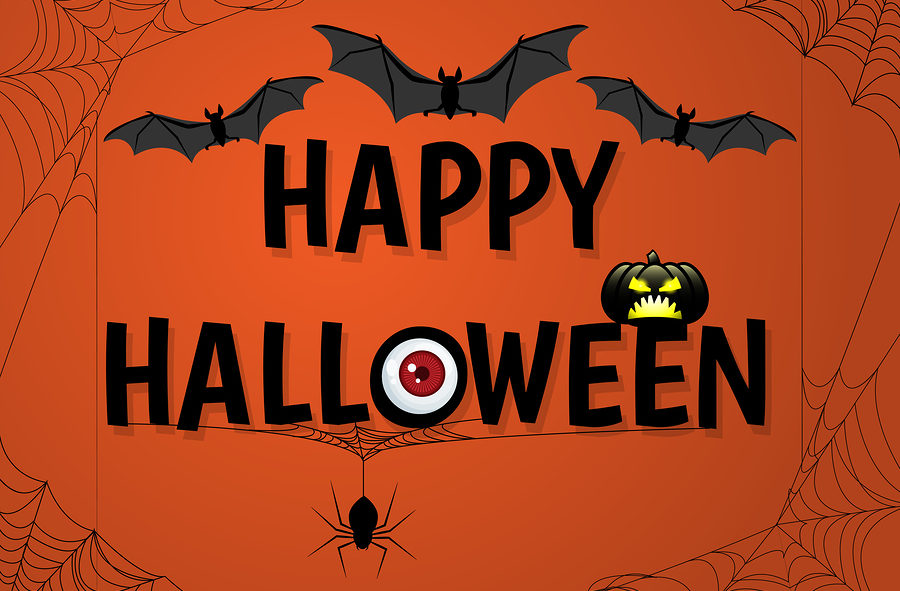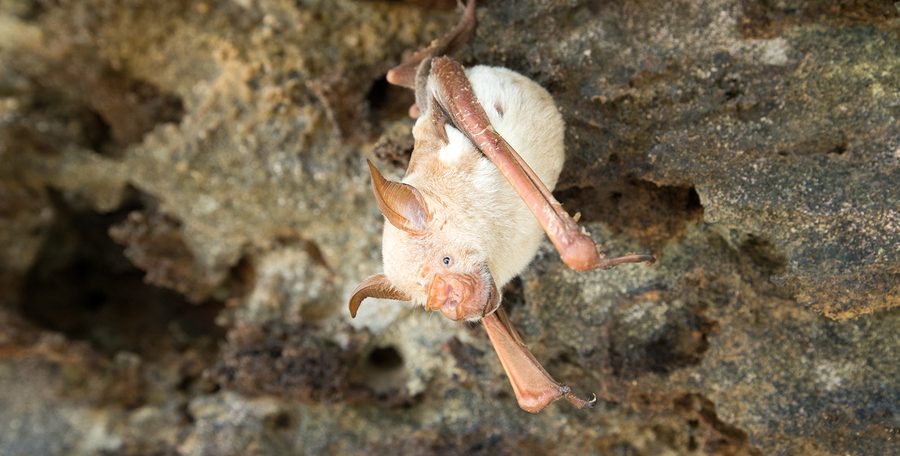Bats have been a major part of Halloween for over 100 years, ever since Bram Stoker’s 1887 Dracula depicted a Vampire turning into a bat. So as an homage to our favorite spooky mascot, this Halloween, learn some exciting and educational facts about bats! Share them with your friends and family for some extra spooky enjoyment! However, be warned, you might actually discover that bats are not as scary as you once thought!
Let’s Get Started!

🧛 Vampire Bats Will Not Suck Your Blood.
Three species of vampire bats are known to exist around the world. These three species of bats do not actually “suck” blood from other mammals. They will, however, lick it up after emitting a bite to a cow or other large warm-blooded animal.
🦇 Bats are the Only Mammal That Can Fly.
Many people do not realize that bats are in fact, mammals; and on top of that, the only mammals that can actually fly. They have wings similar to the anatomy of a human hand, with elongated fingers connected by a stretchy membrane. They are amazing during flight. They are fast and swift, using propulsion to push forward using their airfoil thin wings.
🦗 A Bat Can Eat 1,000 Insects Per Hour.
Bats have insatiable appetites and can eat up to 200 tons of insects each night. That is am estimated 1,000 insects or more, in just one hour! Bats like to eat mosquitoes, moths, flies, gnats, and similar nocturnal flying insects.
📡 Bats Use Echolocation to Hunt for Prey.
Bats are not blind, but they do not have great vision, especially in the dark. Bats have a built-in sonar system called Echolocation, to help them navigate around at night, and accurately dart and dive for prey. Bats are not the only animals who use echolocation. Dolphins and whales are well-known echolocating species, too!
📊 Bats Make Up Nearly 25% of Mammals.
There are more than 900 species of bats in the world, all broken up into different categories and classifications. The Chiroptera Order is the first class in which bats are categorized. From there they are split into suborders, genera, and then species.
So Did You Learn Something New?
Now that you have reviewed some of the most interesting and impressive educational facts about bats, what do you think of them now? They are actually incredible and amazing mammals that do wonders for our local Eco-systems, economies, and more!
So the next time you see a bat flying around your house, simply keep your distance and throw them a “thanks” for all their wonderful contributions. If you are experiencing nuisance bat problems in or around your house, contact a local Louisville bat removal company for safe and humane assistance.
Louisville Bat Removal and Control You Can Trust
Call 502-553-7622 to request a free estimate for Louisville bat removal services, today. We offer a wide range of safe and humane bat removal and control services for both residential and commercial properties within Central Kentucky, at the most competitive prices in town. That means you can get affordable bat removal and control you can trust. It was over 30 years of experience under our belts, you can feel confident in our results.


